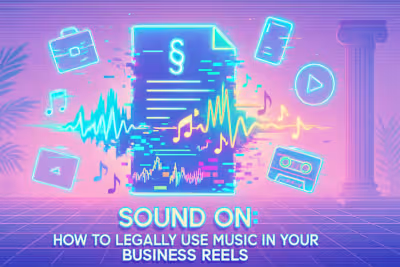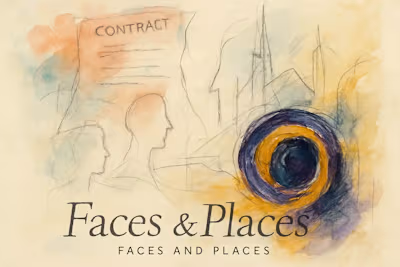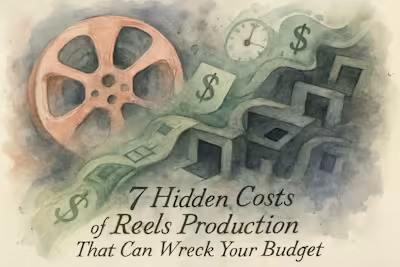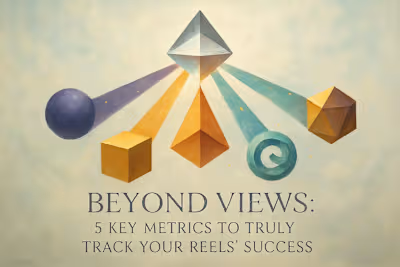Who Owns Your Reel? A Guide to Intellectual Property for Businesses and Videographers
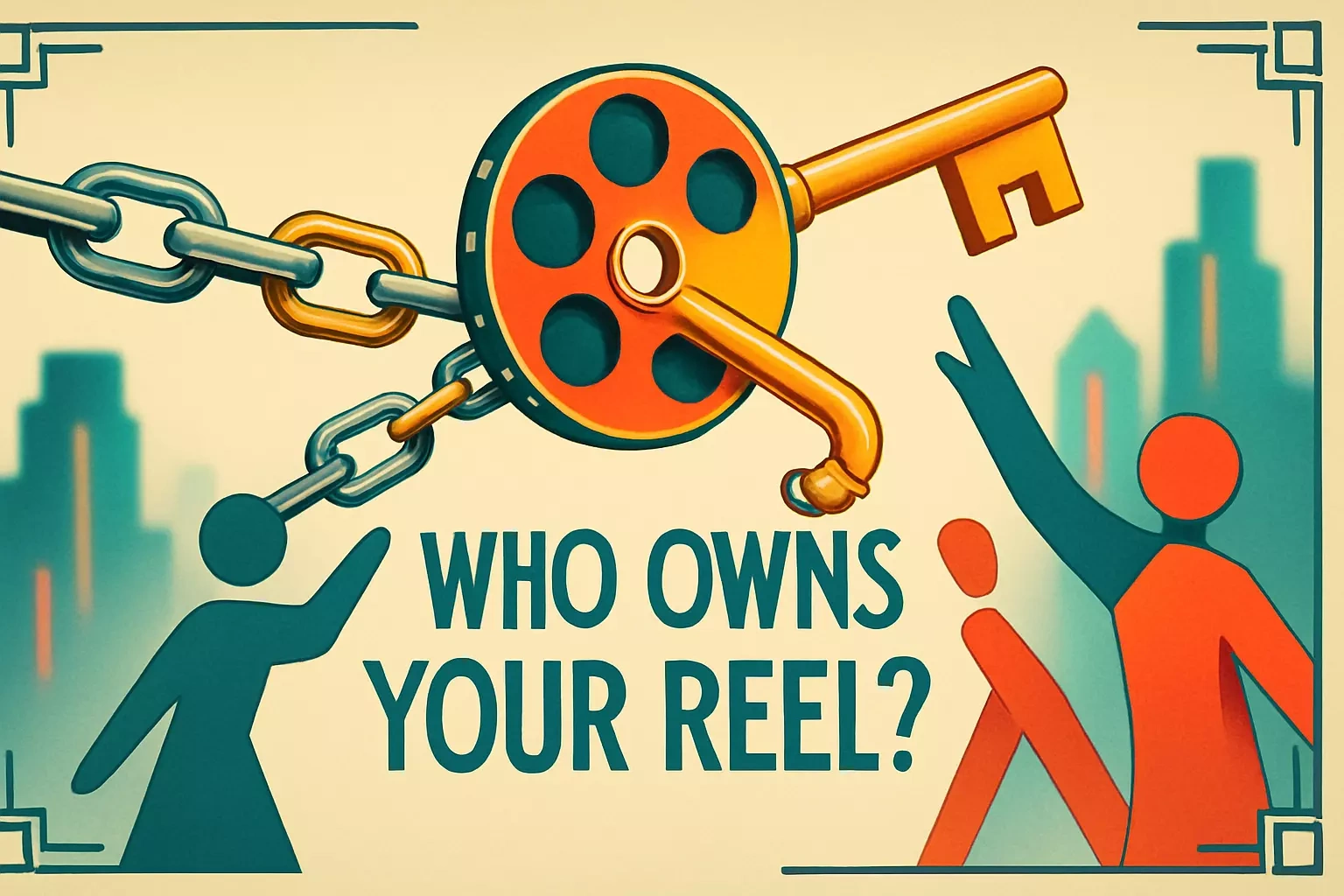
Who Owns Your Reel? A Guide to Intellectual Property for Businesses and Videographers
Copyright 101: The Default Owner
The Creator is the 'Author'
What is the 'Bundle of Rights'?
The 'Work Made for Hire' Doctrine
When Does 'Work Made for Hire' Apply?
Why a Written Agreement is Non-Negotiable
Licensing: The Flexible Alternative to Ownership
Exclusive vs. Non-Exclusive Licenses
Defining the Scope of Use
Can the Videographer Use the Reel in Their Portfolio?
What About the Raw Footage?
Who Owns the Unedited Clips?
Negotiating for the Raw Files
Making Smart Decisions About Video Ownership
References
Who Owns Your Reel? A Guide to Intellectual Property for Businesses and Videographers
Copyright 101: The Default Owner
The Creator is the 'Author'
What is the 'Bundle of Rights'?
The 'Work Made for Hire' Doctrine
When Does 'Work Made for Hire' Apply?
Why a Written Agreement is Non-Negotiable
Licensing: The Flexible Alternative to Ownership
Exclusive vs. Non-Exclusive Licenses
Defining the Scope of Use
Can the Videographer Use the Reel in Their Portfolio?
What About the Raw Footage?
Who Owns the Unedited Clips?
Negotiating for the Raw Files
Making Smart Decisions About Video Ownership
References
Posted Jun 30, 2025
When you hire a videographer to create a Reel, who owns the final product? Dive into the complexities of copyright, 'work for hire,' and usage rights to ensure you can use your content how and where you want.





